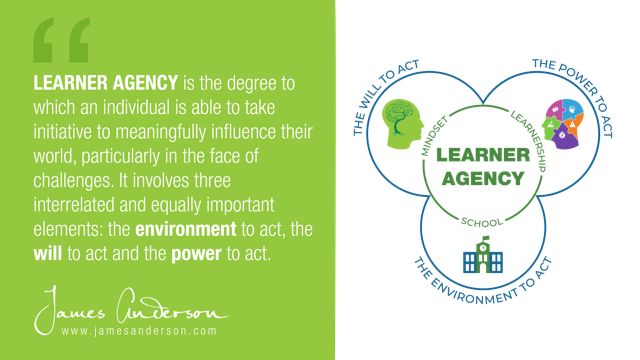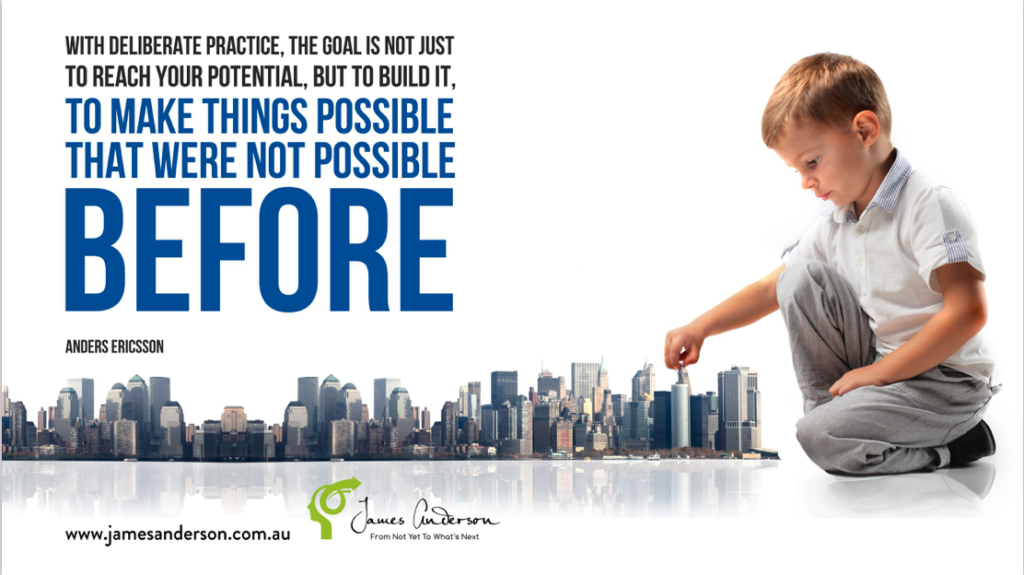One hundred years ago.
Lev Vygotsky introduced the Zone of Proximal Development. It told us that growth lives not in what a learner can already do, but in what they can almost do—with guidance. That idea reshaped pedagogy, curriculum, and how educators viewed potential. It remains one of the most influential concepts in educational psychology.
But for all its revolutionary insight, the ZPD was only the beginning of the story. It points to the next step, but not the path. It tells us where learning can happen—but not how to recognise it when we see it, how to support it as it unfolds, or how to measure growth beyond outcomes.
That’s why it’s time to extend the model.
Vygotsky’s Enduring Legacy
When Lev Vygotsky introduced the ZPD in the 1930s, it was revolutionary. He reframed learning as a supported, social process. The goal was no longer just knowledge acquisition, but capability building—stretching a learner’s development through well-placed guidance. For decades, it has served as a guiding compass for educators. But a century later, we need more than a compass.
Vygotsky showed us where to aim. But he didn’t show us how to read the terrain, how to interpret what we see in front of us, or how to respond when learners flounder.
Meeting the Needs of Modern Learning
Today’s classrooms are not just faster or more complex—they are also more aware. We’ve become increasingly attuned to the need for precision: in how we differentiate, how we assess, and how we guide learners through challenge.
But too often, our models for learning don’t match that precision. We talk about “stretch” without defining what kind. We respond to “struggle” without knowing whether it’s productive or paralysing.
That’s why we need a clearer framework. One that helps us locate learning, interpret challenge, and match our support to the learner’s readiness.
And for that, we need a better map.
Introducing the Learning Zones Model
The ZPD gave us the theory. The Learning Zones Model turns it into practice.
The Learning Zones Model advances Vygotsky’s insight by defining four zones learners move through daily—but unlike flat models that place zones side by side, this one is vertical. Think of it like a ladder:
- Your Comfort Zone is made up of the rungs you’ve already climbed—the tasks you can complete with ease.
- Your Performance Zone is the rung you’re currently standing on—where you’re using your best capabilities to meet familiar challenges.
- Your Learning Zone is the next rung up—within reach, but requiring effort, stretch, and support to grasp.
- The Aspirational Zone lies further ahead—beyond your current reach, for now.
This vertical model isn’t just about doing more. It’s about doing harder things. As you climb, you don’t just accumulate knowledge—you change. You become more capable. Tasks that once sat on the ladder above you become part of your Comfort Zone. Growth becomes visible as you succeed at increasingly complex challenges.
And that’s what makes the Learning Zones Model so powerful: it doesn’t just help us locate where learning happens. It helps us see how learners grow—not just by gaining knowledge, but by expanding their capacity.
The *Zone of Proximal Development* lives inside the Learning Zone—but until we name the zones around it and understand their relationship, we can’t fully support or measure the growth that happens between the rungs.
When visualised, the Learning Zones Model appears as a vertical progression—a ladder that represents the climb through increasingly complex challenges.
Each rung marks a new level of capability. As learners ascend, they don’t just complete harder tasks—they become more capable.
This visual metaphor makes growth visible and gives both educators and learners a structured map for understanding progress—something the ZPD alone could not provide.
ZPD vs Learning Zones: A Comparison
Vygotsky showed us where to aim. The Learning Zones Model helps us chart the course, guide the learner, and grow capability.



